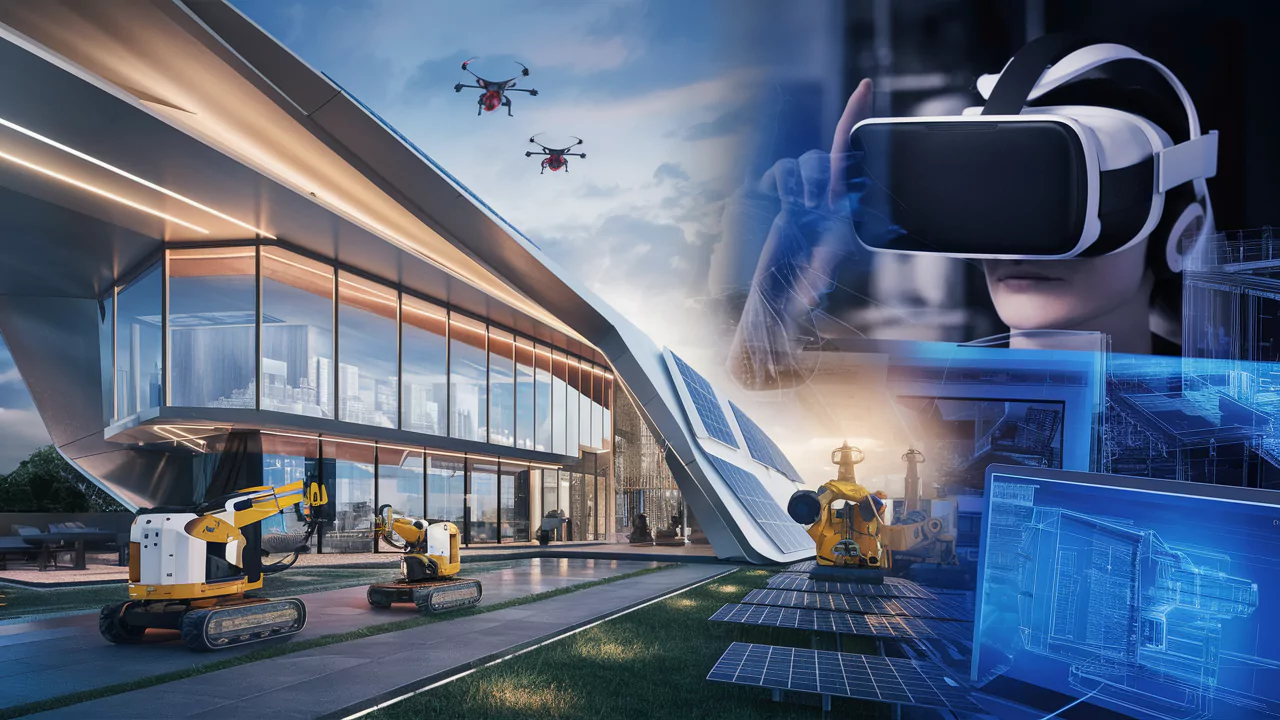Technology plays a pivotal role in contemporary architectural design, influencing both the process and the outcomes in various ways:
- Design Tools and Software: Architects now use advanced software like AutoCAD, Revit, and SketchUp for drafting, modeling, and visualization. These tools enable precise design, 3D modeling, and virtual walkthroughs, enhancing accuracy and efficiency in the design phase.
- Building Information Modeling (BIM): BIM allows architects to create intelligent 3D models that include data beyond just geometry, such as materials, spatial relationships, and even energy performance. This integration facilitates better coordination between different building systems and stakeholders.
- Parametric Design: Parametric design tools enable architects to create complex, responsive designs based on algorithms and parameters. This approach allows for more flexible and adaptive architectural forms that respond to various inputs and constraints.
- Sustainability and Performance Analysis: Technology aids architects in analyzing the environmental impact and performance of buildings. Tools for energy simulation, daylight analysis, and carbon footprint calculation help architects optimize designs for energy efficiency and sustainability.
- Virtual and Augmented Reality: VR and AR technologies are transforming how architects present designs and how clients experience them. Virtual reality allows for immersive walkthroughs of unbuilt spaces, while augmented reality overlays digital information onto the physical world, aiding in on-site construction and design review.
- Digital Fabrication and Construction: Technologies like 3D printing and robotic construction are revolutionizing how buildings are constructed. They enable architects to fabricate complex components with precision and efficiency, reducing waste and construction time.
- Collaboration and Communication: Cloud-based platforms and project management software facilitate real-time collaboration among architects, engineers, clients, and contractors. This improves communication, coordination, and decision-making throughout the design and construction process.
- Adaptive Reuse and Historic Preservation: Technology supports architects in assessing existing structures for adaptive reuse and historic preservation. Laser scanning, drones, and digital documentation enable accurate measurement and analysis of existing buildings, aiding in their conservation and renovation.
In essence, technology in architectural design not only enhances creativity and efficiency but also contributes to sustainability, functionality, and improved collaboration across disciplines. As technology continues to evolve, its role in shaping the future of architecture will undoubtedly expand, influencing both the profession and the built environment.

